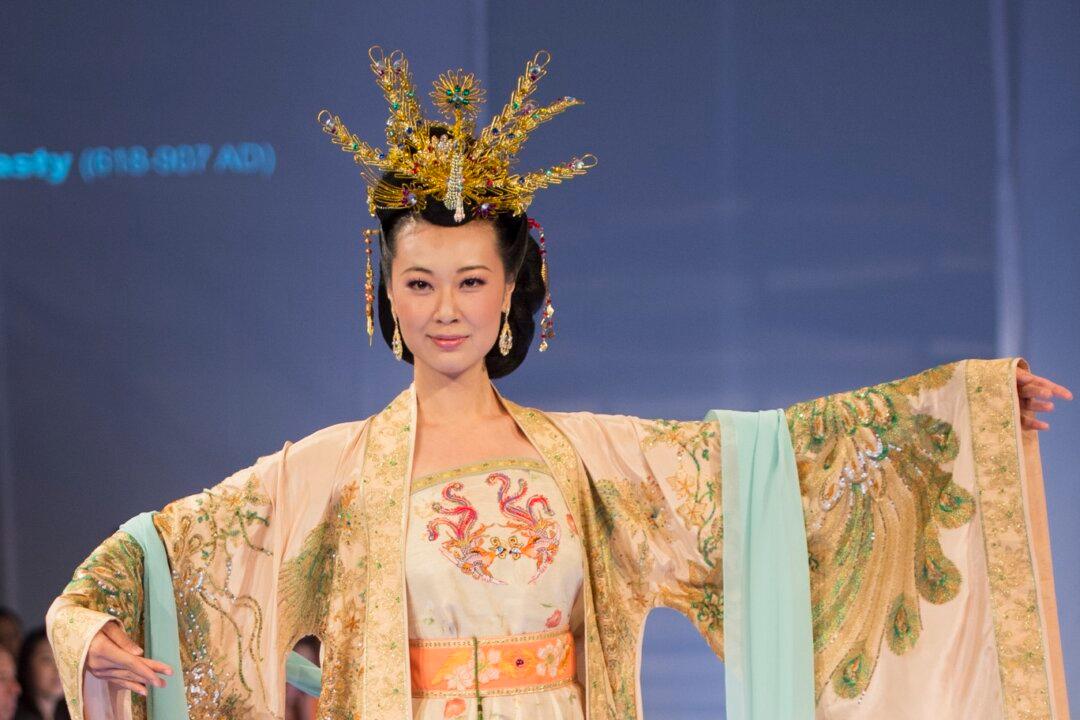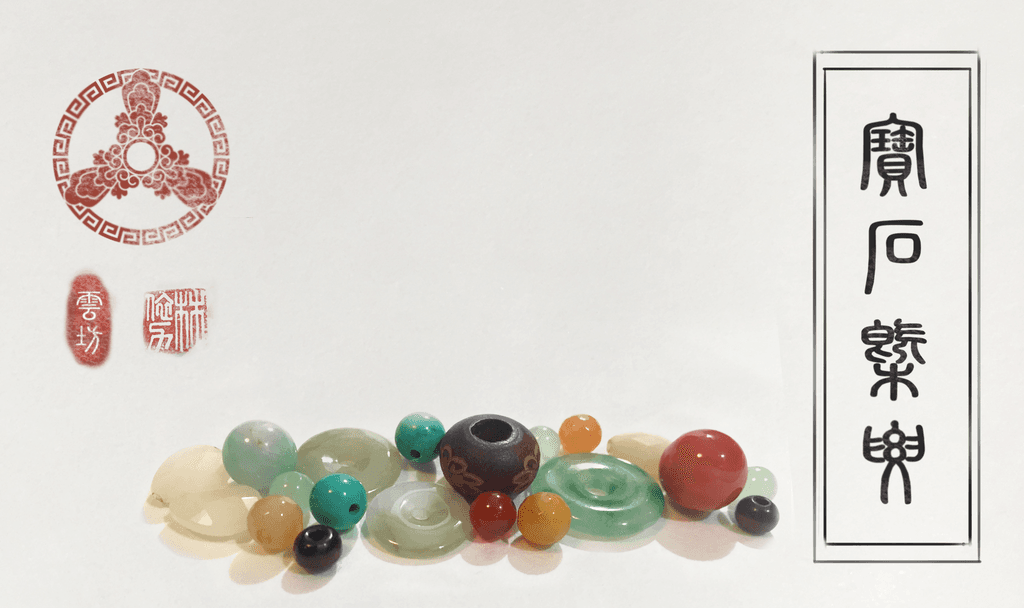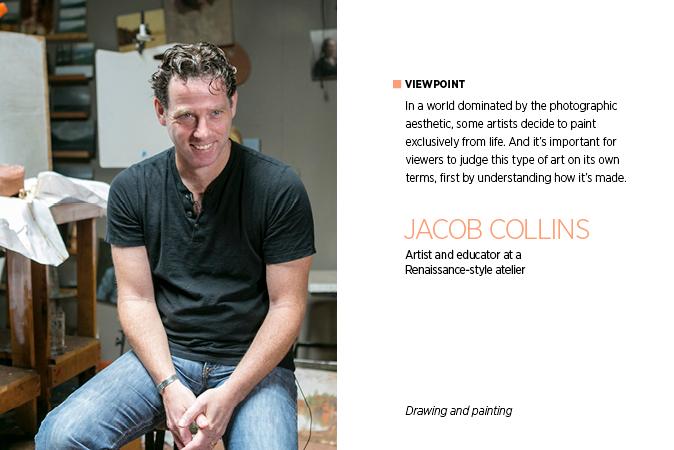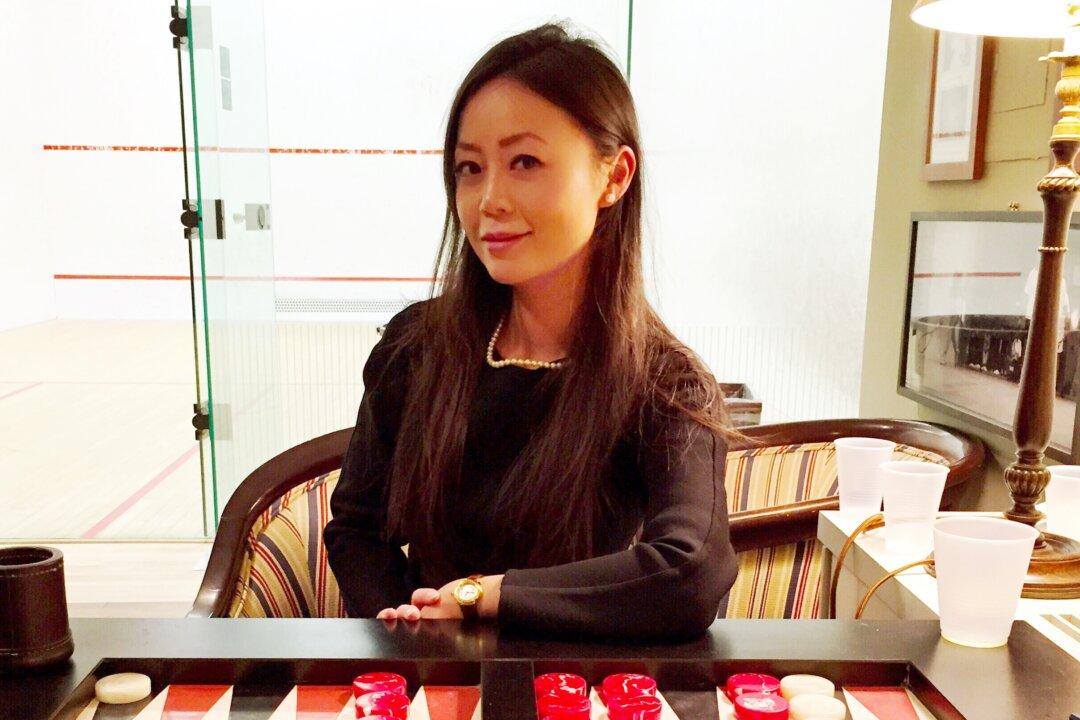NEW YORK—Models moved at an unhurried pace, bowing to each other and opening their arms to reveal huge embroidered sleeves, reminiscent of butterflies spreading their wings.
Ancient Chinese traditions experienced a revival on a New York runway Sunday, as contestants of New Tang Dynasty’s Global Han Couture Design Competition unveiled their creations.
The competition aims to revive the art of traditional Chinese dress, called Hanfu—“Han” after the ethnic majority of China, and “fu” meaning dress.
“I have seen a lot of costume and fashion shows, but I can’t remember one that combines serenity and excitement in one costume—not to mention in 60,” said Ann Roth, renowned Academy award-winning theatrical costume designer. This year, Roth won a Tony for Best Costume Design of a Play, and the Henry Hewes Design Award for Best Costume Design (both for Broadway production “The Nance”).
Roth presented the Han Couture gold prize award to Taiwanese contestant Su Chih Chang following the runway show. Su won $10,000 for her men’s ensemble created in the style of a Song Dynasty scholar.
Behind the Dress
Creating stunning Hanfu costumes is only part of what the judges are looking for. They consider whether contestants have understood and followed the philosophies that have guided Chinese dress for millennia. This includes whether the outfits’ construction flows, rather than restricts, the wearer’s natural form, and whether the style, proportions, and color are in harmony. Both historical accuracy and creativity are required for contestants to place well.
In its fourth year, the competition is breathing new life into the intricacy and elaborate proportions of Chinese traditional dress, which has been effectively lost for 300 years. The systematic destruction of traditional Chinese culture before, during, and after the Cultural Revolution has meant there are scant historical references to go by. The competition doubles as a meeting of the minds to share knowledge and historical wisdom.
“Historical material about Hanfu is hard to come by, but it’s an area worth studying,” said gold medal winner Chang.
The Song Dynasty Scholar
Chang had been aware of the Han Couture competition since 2008, but had not entered until this year.
Her Song Dynasty scholar wore a coat the color of a shimmering field of wheat, subdued but undeniably luxurious. For the trim, Chang took advantage of the subtle greens and reds of the reverse side of an iridescent fabric. She topped the outfit off with a classic “Dongpo” hat, a square-topped affair that gives the wearer a noble, learned appearance. This headgear is named after the legendary poet and Song statesman Su Dongpo.
“You’ve achieved the precise look and bearing of a scholar,” said head judge, Amy Lee. The only thing missing—"a scholar has to have a jade ornament.”
Chang also entered a women’s ensemble—completing both outside of her day job as a restaurateur. Though she never studied fashion design, Chang worked in textile design for 20 years. She nearly backed out of this year’s competition due to her hectic schedule, but pushed on at the insistence of a friend.
Dynastic Styles
There is a saying among Chinese that with each new dynastic era comes a different way of doing things. This also applies to styles of dynastic dress. A few visual guideposts help identify the dress common to different dynasties.
The Tang Dynasty (618–906) is known for its immense wealth that brought to the wardrobes of all classes, bright, unrestrained colors and abundant use of silk.
The Song Dynasty (960–1279), influenced by Confucian ideas of propriety, favored reserved, delicate styles with narrow sleeves.
The Ming Dynasty (1368–1644), the last dynasty ruled by ethnic Han, saw dignified and subdued fashions, and plenty of pleated skirts.
Documentation does exist of classic styles from art history and literature. But an understanding of finer points—for example, how people thought of fabrics and colors, imperial mandates regarding clothing, and social norms—requires an immense amount of research and broad historical knowledge.
In Context
Judges do not expect perfect historical accuracy. One contestant this year was awarded fewer points for erring on the side of historical recreation at the expense of original design. “Credit for originality has to be given to our ancestors in this case,” explained judge Lee.
Visual wow-factor is not a huge influencer, either. The gold award was the most sedate of the top entries; the silver entry was glitzier and the bronze more elaborate than both.
But judges do give high priority to a contestant’s ability to contextualize garments. A contestant needs to be able to create his or her own work based on the customs and aesthetics of that period.
If the outfit is intended for an empress to wear at a special occasion, it better have three layers, not two. If it is meant for a young maid, the skirt shouldn’t be a matronly brown.
When design, craftsmanship, and judicious execution come together in balanced measures, Hanfu will not only thrive, but perhaps influence the main runways of New York Fashion Week.
Full Winners List
Category | Designer | Dynasty | Designer’s Country of Origin |
Gold Award | Su-chih Chang | Song | Taiwan |
Silver Award | Li-yu Wang | Tang | Taiwan |
Bronze Award | Lin-li-mei Tang | Song | Taiwan |
Special award for Tang Dynasty dress | Shu-yun Li and Li Wang | Tang | China |
Special award for Song Dynasty dress | Tou-ying Kao | Song | Taiwan |
Special award for Ming Dynasty dress | Ya-chi Chan | Ming | Taiwan |
Award for special garment matching | Hsiao-wei Lin | Ming | Taiwan |
Outstanding award | Li-yu Wang | Song | Taiwan |
Outstanding award | Su-chih Chang | Tang | Taiwan |
Outstanding award | Kun-ming Lee | Tang | Taiwan |
Outstanding award | Li-chuan Chen | Ming | Taiwan |
Outstanding award | Mei-ho Chen | Tang | Taiwan |
Outstanding award | Shui-chin Wu | Song | Taiwan |
Outstanding award | Mei-chen Yeh | Ming | Taiwan |
Outstanding award | Robin Deng | Tang | USA |





